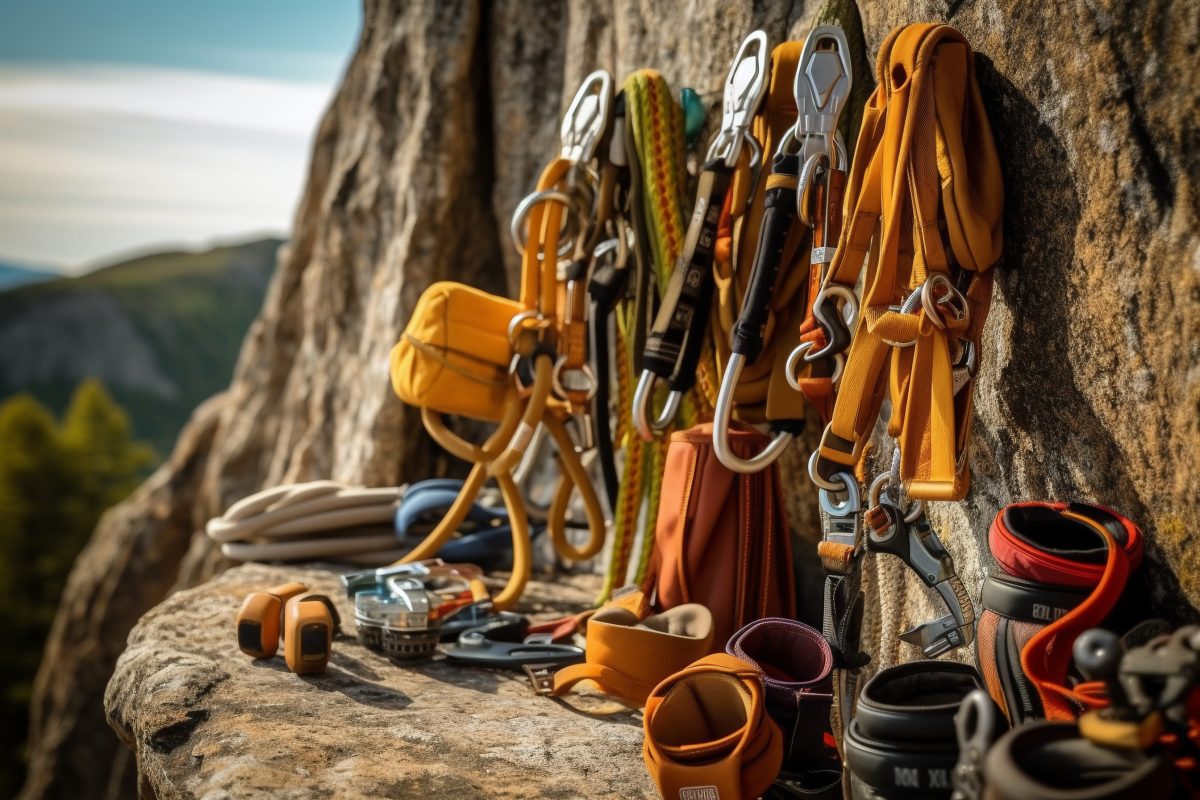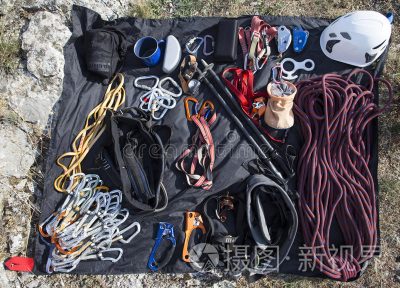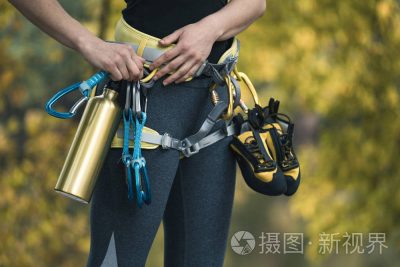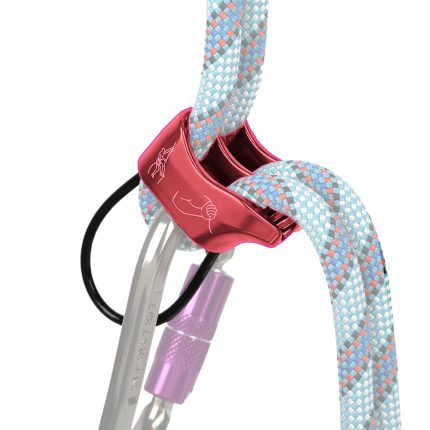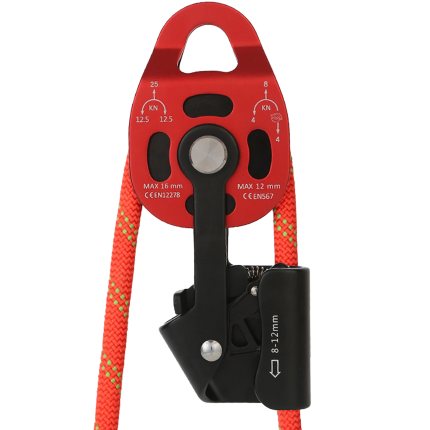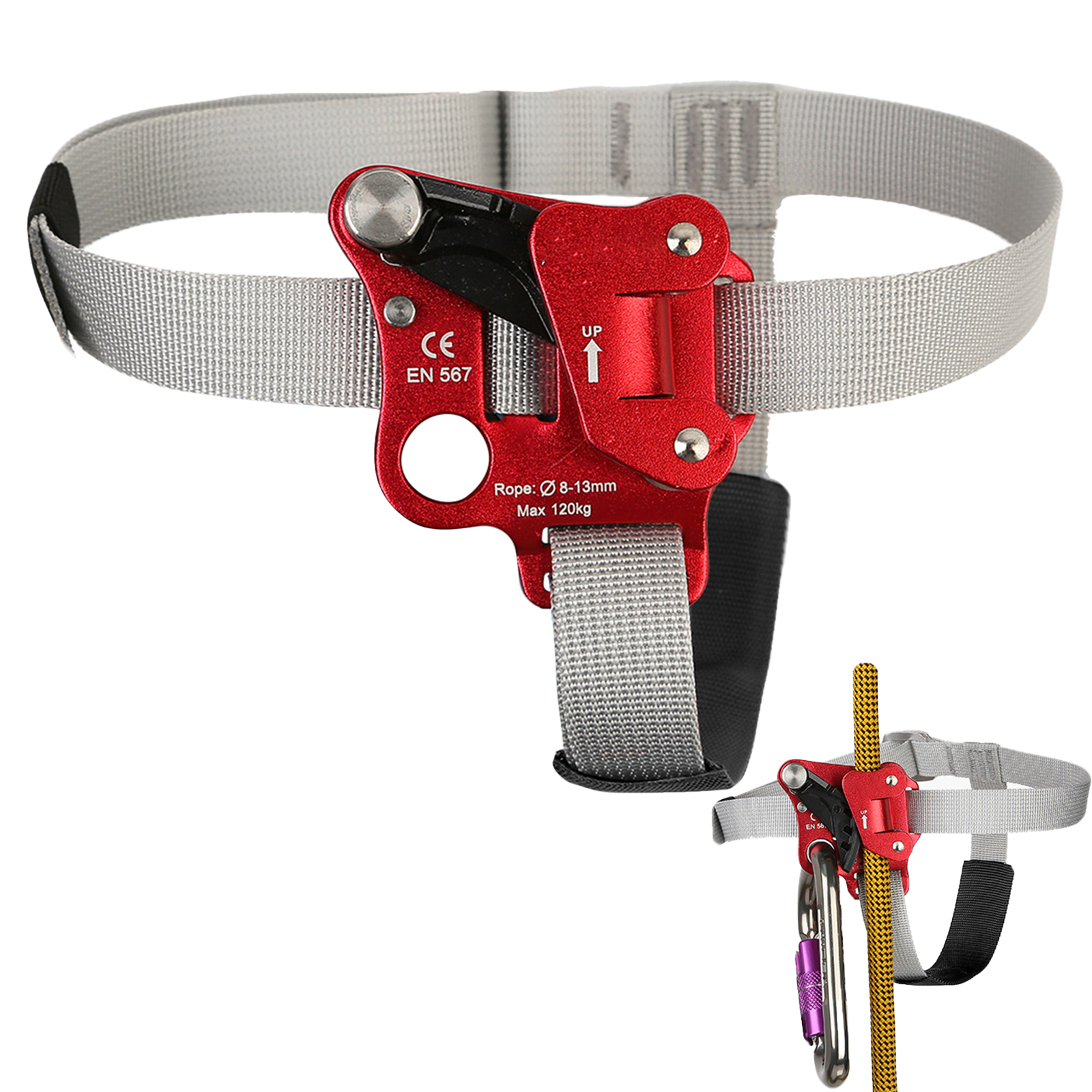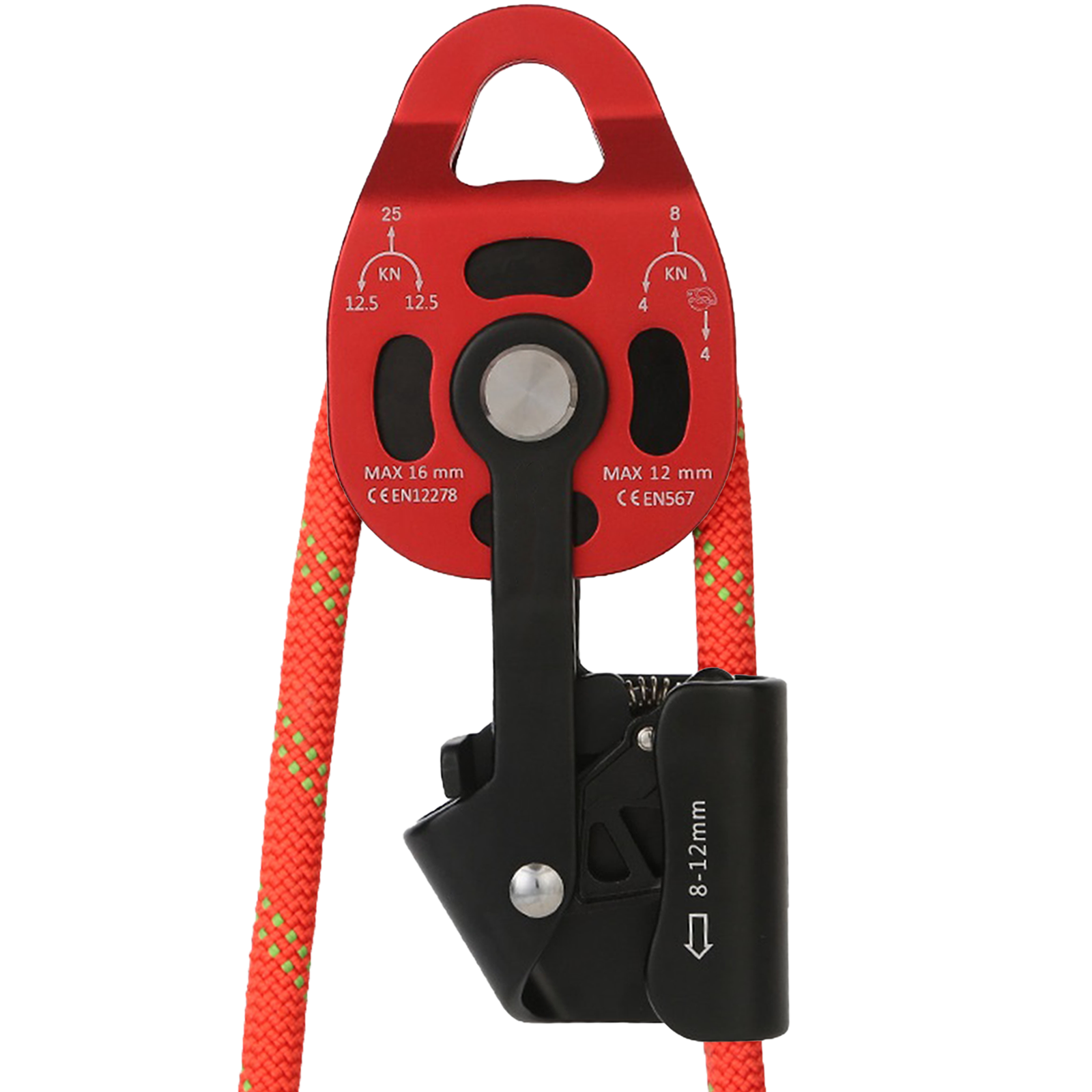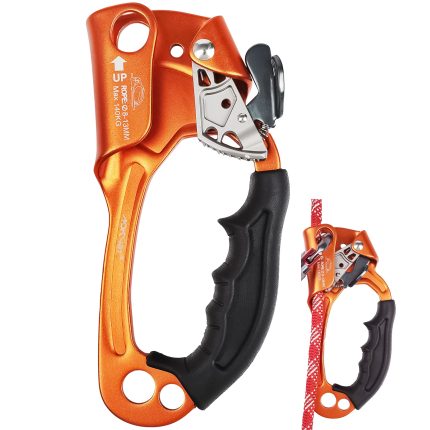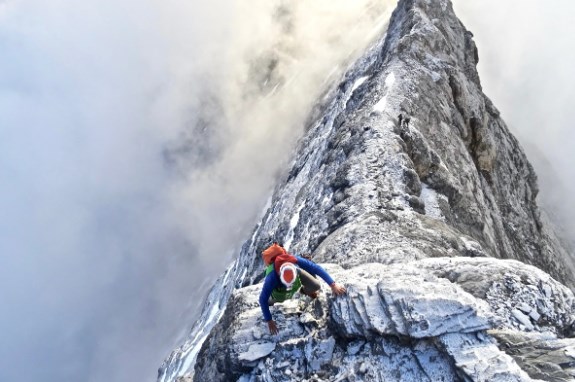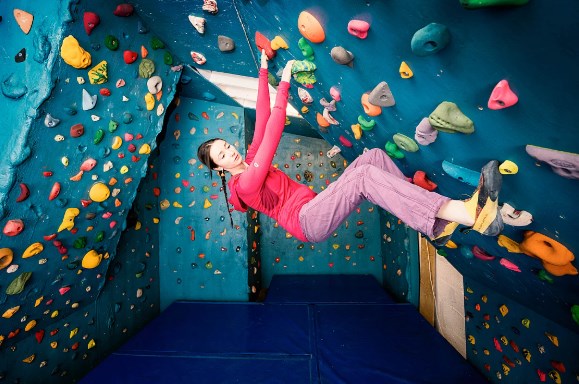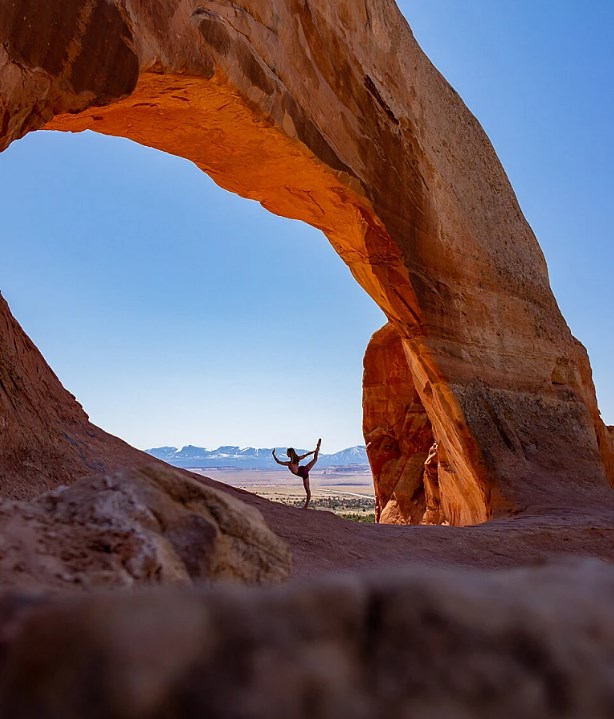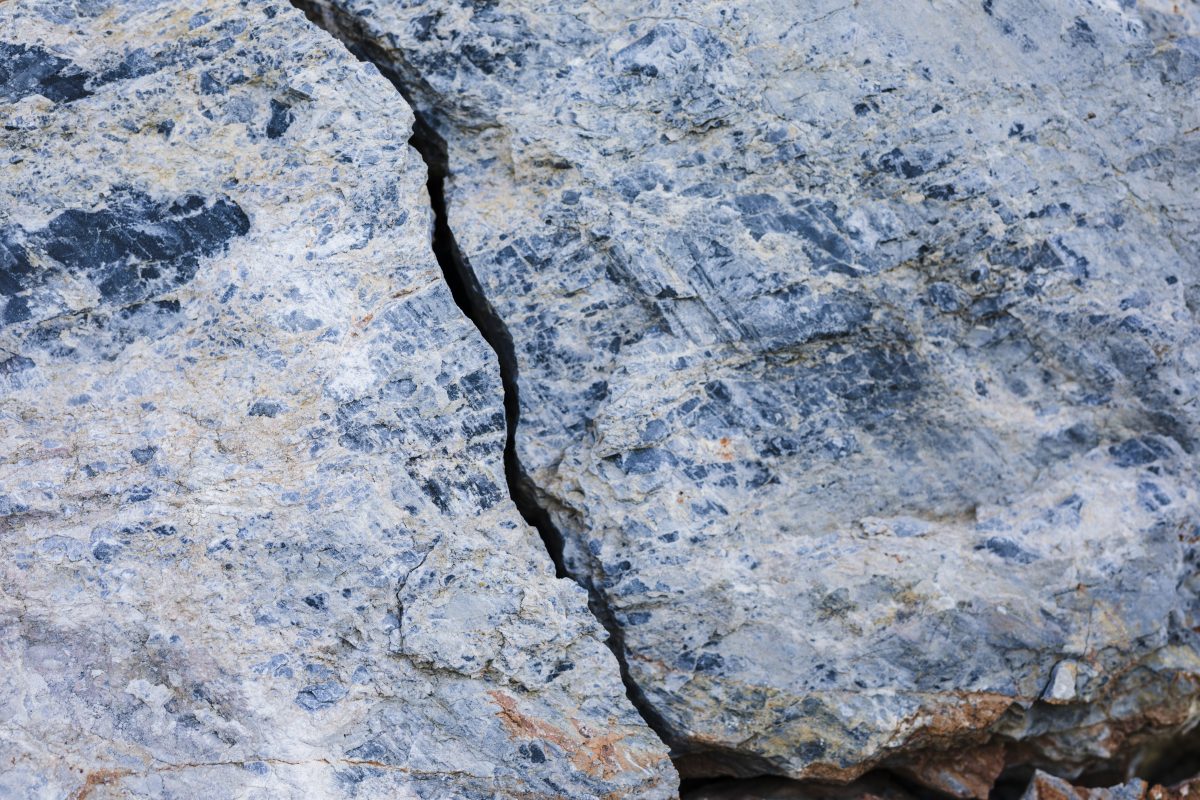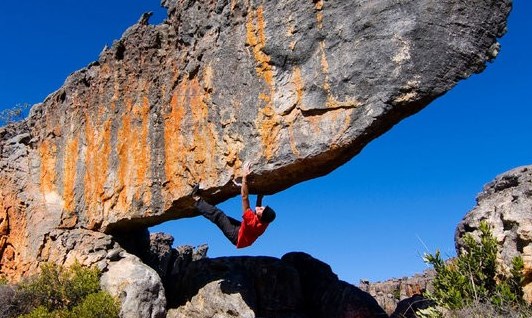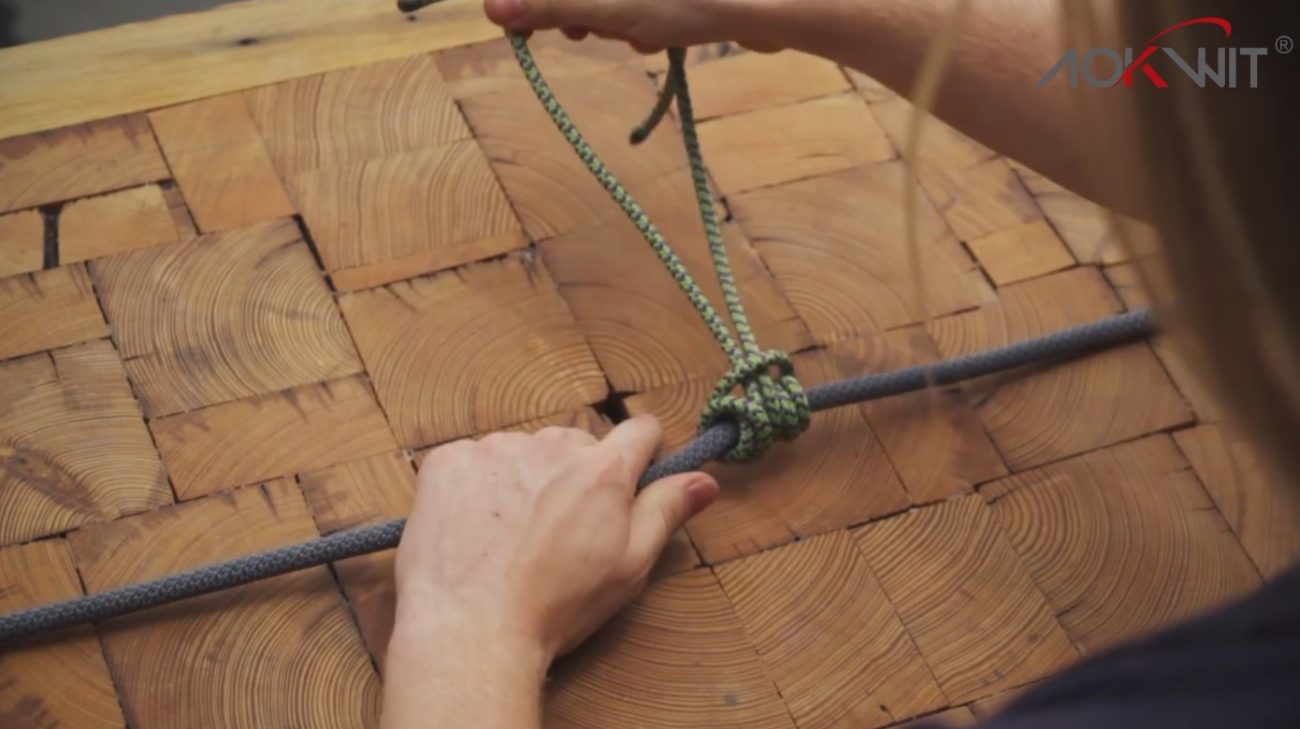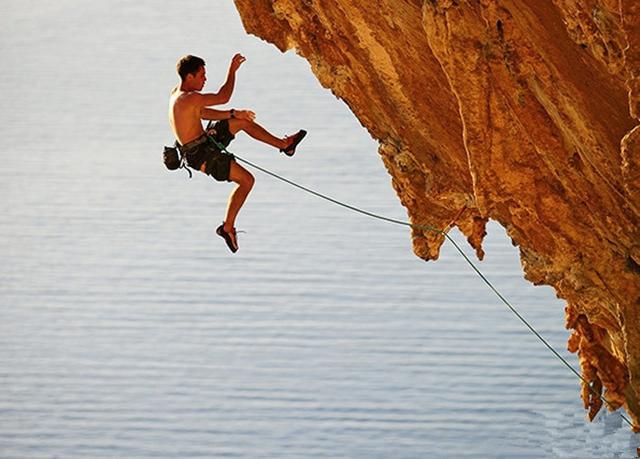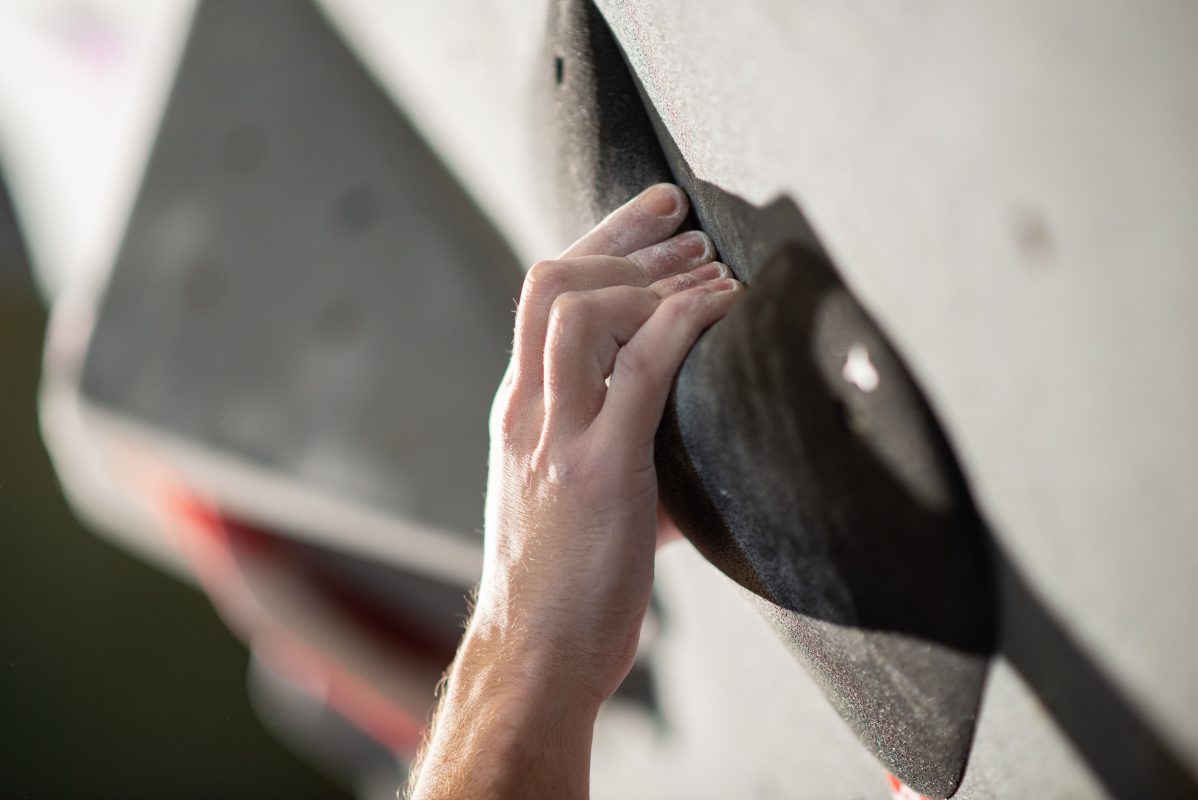Beginner’s Guide: The Difference Between Bouldering and Rock Climbing

Bouldering is one of the most effective methods for improving rock climbing techniques.It can be categorized into indoor bouldering and outdoor bouldering on natural rock walls. Bouldering routes are typically set below 3 meters in height, allowing climbers to practice without rope protection.
A crash pad (high-density foam mat) is usually placed beneath the bouldering wall to cushion falls. Additionally, a spotter should closely monitor the climber’s movements to provide immediate protection in case of a drop.
Rock climbing is primarily divided into three disciplines: speed climbing, lead climbing (difficulty climbing), and bouldering.
Speed climbing involves racing to ascend a fixed route in the shortest time. Lead climbing requires climbers to ascend routes set by judges, with rankings determined by the height achieved.
Bouldering, however, involves completing multiple short routes (or “problems”) within a set time, with victory awarded to those who solve the most problems. Route difficulty is determined by route setters.
As a subset of rock climbing, bouldering rigorously hones one’s perseverance and technical skills, making it an exhilarating sport.
During intense competitions, athletes must not only exert their full strength but also integrate endurance, flexibility, and balance to navigate challenging holds.
Dynamic maneuvers such as leaps, Dynos, and pull-ups on the wall captivate audiences with thrilling performances that blend risk and artistry.
Key Differences Between Bouldering and Rock Climbing:
- No Rope Systems: Bouldering eliminates the need for ropes, harnesses, or quickdraws. Safety relies solely on crash pads (30–50 cm thick) placed below the wall.
- Minimal Gear: Climbers only require climbing shoes and a chalk bag, making it highly accessible.
- Inclusivity: Suitable for a broad demographic, bouldering welcomes participants aged 5 and above in good health.
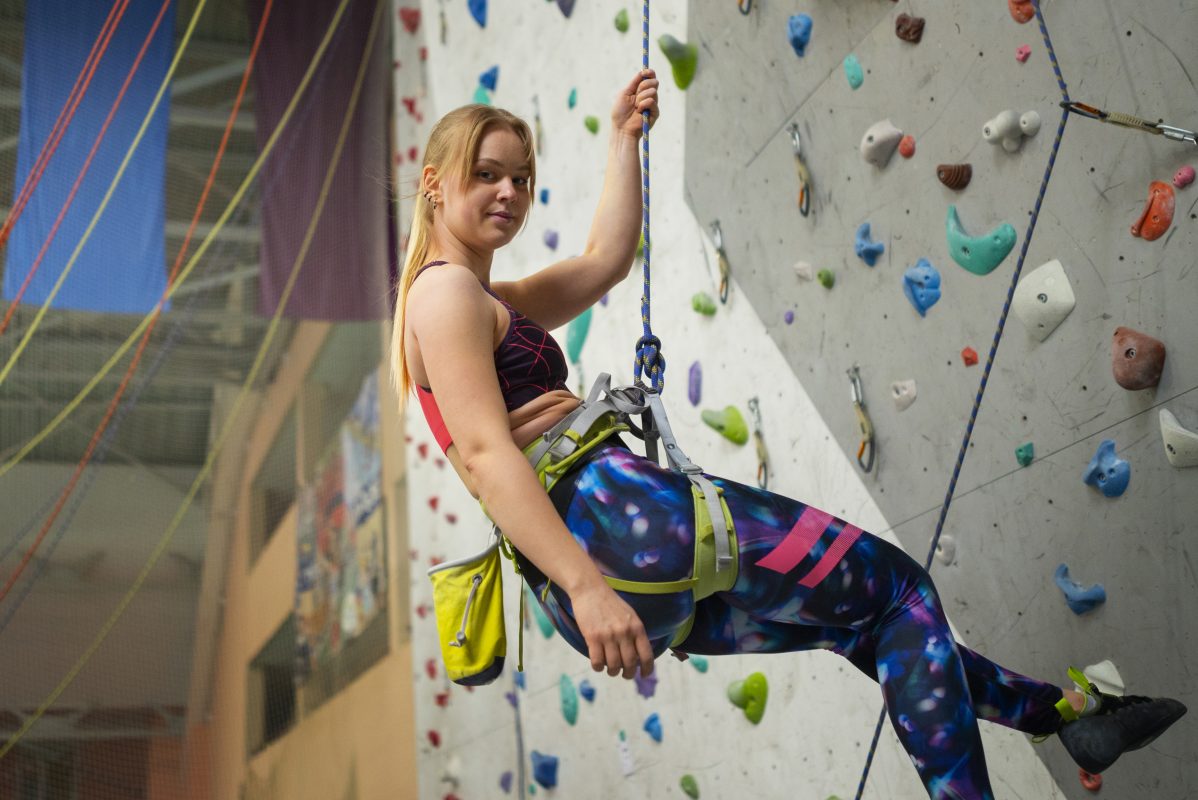
Climbing (Climbing rope needed)

Bouldering (No rope needed)
With well-established safety protocols, bouldering boasts a high level of safety. In Western countries, it has become a mainstream fitness activity as commonplace as gym workouts, embodying both a trendy and health-conscious lifestyle.






